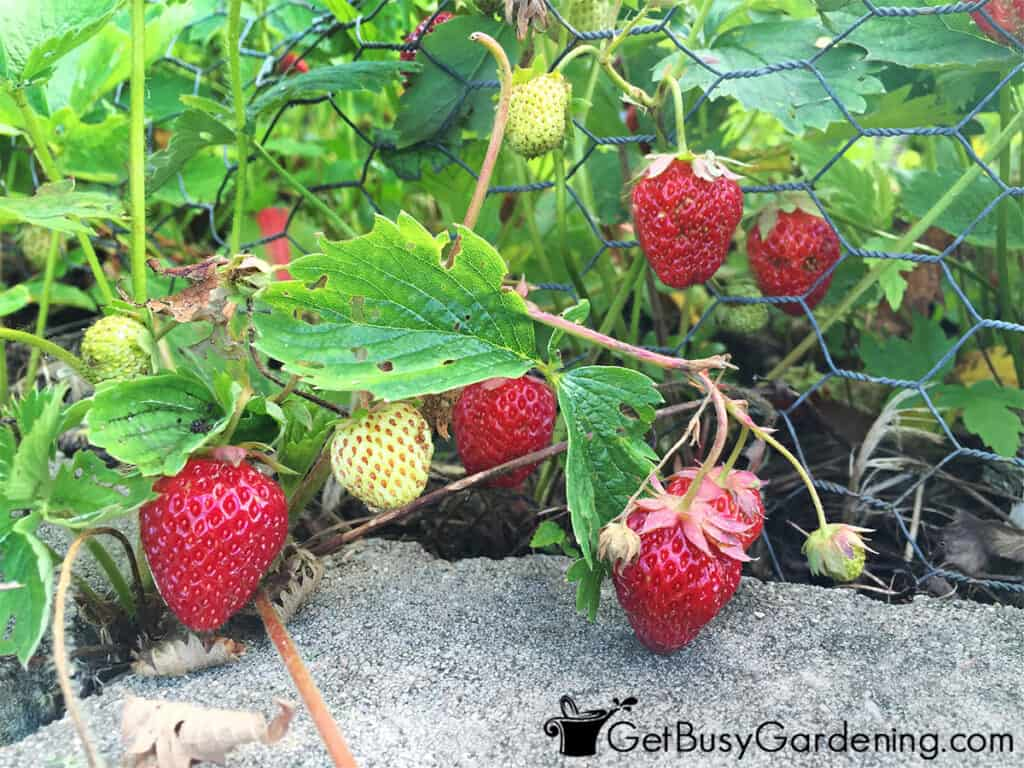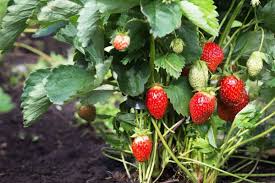Strawberries are a delightful fruit, known for their vibrant color, delicious sweetness, and versatility in both savory and sweet dishes. Whether you have a large garden or a small balcony, growing your own strawberries is a rewarding experience. Here’s a comprehensive guide to help you successfully plant, grow, and care for your strawberries.
Getting Started: How to Harvest Strawberry Seeds
A fascinating way to start your strawberry garden is by collecting seeds directly from the fruit. Here’s how you can do it:
- Choose a ripe, healthy strawberry.
- Slice the strawberry into thin pieces.
- Place the slices on a paper towel. Spread them out to avoid clumping.
- Allow the slices to air dry for 1-2 days. As they dry, the seeds will easily fall off.
- Collect the seeds. These are now ready to plant!
Now that you have your seeds, you can begin planting your strawberries!
Planting Strawberries
- Choosing the Right Variety: There are different strawberry types: June-bearing, Everbearing, and Day-Neutral. June-bearing varieties produce a large crop in early summer, while Everbearing and Day-Neutral types offer several smaller harvests throughout the season.
- Selecting a Planting Location: Strawberries need at least 6-8 hours of sunlight daily to thrive. Pick a spot with well-drained, fertile soil to prevent root rot.
- Preparing the Soil: Strawberries prefer slightly acidic soil with a pH of 5.5 to 6.5. Enrich the soil by mixing in compost or well-rotted manure to improve its fertility.
- When to Plant: Depending on your climate, plant strawberries in the spring or fall. In colder areas, spring planting gives the plants time to establish before winter.
- Spacing and Planting: Space strawberry plants 12-18 inches apart, with 2-3 feet between rows. Dig a hole for each plant, ensuring the crown (where the roots meet the stem) is level with the soil surface, then cover the plant with soil.
Growing and Caring for Strawberries
- Watering: Consistent watering is crucial, especially during flowering and fruiting. Water at the base of the plant to avoid wetting the foliage, which can lead to disease. Keep the soil moist, but not soggy.
- Mulching: Apply a layer of organic mulch, such as straw or pine needles, around your plants. This helps retain moisture, prevent weed growth, and protects the strawberries from sitting on damp soil, which can lead to rot.
- Fertilizing: Use a balanced, water-soluble fertilizer rich in potassium and phosphorus to encourage healthy growth and abundant fruit. Follow the manufacturer’s recommended dosage.
- Pest and Disease Control: Watch for common pests such as aphids, slugs, and snails. If needed, use natural pest control methods like insecticidal soap. To avoid diseases like powdery mildew or gray mold, ensure proper air circulation and water at the base of the plants.
- Pruning Runners: Strawberry plants produce runners that use energy needed for fruit production. Trim these runners to encourage the plant to focus on growing fruit.

Harvesting Your Strawberries
The best part of growing strawberries is harvesting the fruit. Depending on the variety, you can expect your first harvest a few months after planting. When picking, gently pull the ripe strawberries with their stems intact, ensuring you don’t damage the plant or any unripe fruit.
Growing strawberries is a fun and fulfilling process that offers sweet rewards. By following the right planting and care steps, you can enjoy a bountiful strawberry harvest. With patience, proper care, and the right conditions, you’ll be able to savor the delicious fruits of your labor. Happy gardening!
